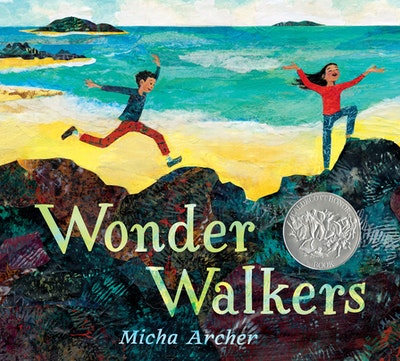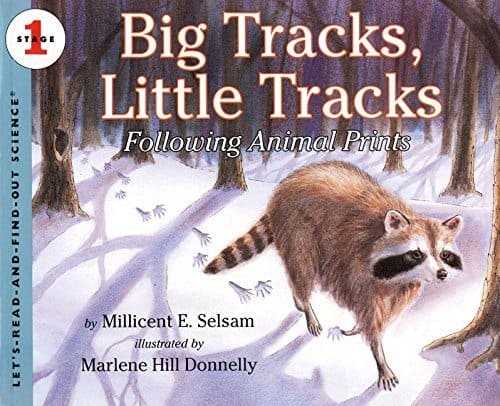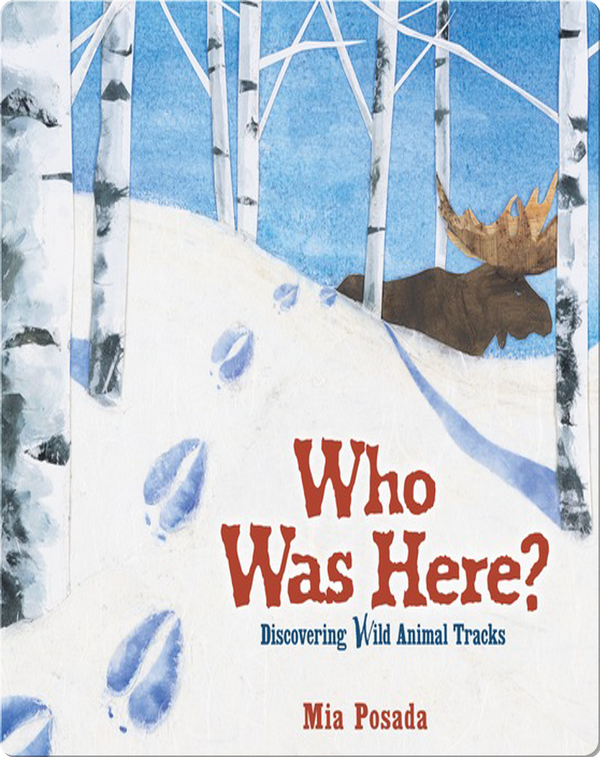Study Jams
Study Jams is a terrific resource. Animated science and math videos are followed by interactive quizzes. All for free!
Click here to go to Study Jams.
Study Jams is a terrific resource. Animated science and math videos are followed by interactive quizzes. All for free!
Click here to go to Study Jams.
I made this post a couple of years ago, but I am reposting it with some additional thoughts and resources. I saw this photo first on Facebook. It really struck me. Just look at how the woman in the middle is savoring the moment. She is present. Being present means being fully aware of what is going on around you.
I think we miss so much. On my Greenway hikes, I’ve been surprised at the number of people distracted by their phones with so much beauty around them. I would have missed this if I hadn’t been present.
Click here to listen to the story below.

Be still and know that I am God. Psalm 46:10
Click here for the Safeshare link of the entire poem, Slow Dance, by David Weatherford.
You’d better slow down.
Don’t dance so fast.
Time is short
The music won’t last.
When you run so fast to get somewhere
You miss half the fun of getting there.
When you worry and hurry through your day,
It is like an unopened gift thrown away.
And one more reminder….

This thick vine is creeping its way up a great number of trees in the woods near me in Atlanta. Currently, it’s rather fuzzy and appears dead, but is it?
This is a poison ivy vine and can cause a rash even during winter months. Click here to learn more.
Do you think a vine might have caused the tree to grow in this manner?
May we never lose our sense of wonder.
Wonder by Bethel.
Teaching children science reawakened my sense of wonder. Watching them discover and explore the beauty and mysteries of creation was a blessing. There is no greater gift than to see the natural world through a child’s eyes.
“May we never lose our wonder,
Wide-eyed and mystified,
May we be just like a child,
Staring at the beauty of our king.”
Wonder Walkers is my new favorite book! “Only wonderstruck children, confronting nature’s gorgeous mysteries, could express themselves so intimately, creatively, and originally.” Kirkus Reviews


“Think and wonder, wonder and think.” Dr. Seuss
Recently I discovered a tree with “something” around the trunk. Anyone know what this growth might be? I wonder…. Is it living? Is it a disease? Why is it only on this tree? Is it safe to touch?
As I mentioned in a previous post, model asking wonder questions aloud for your children and encourage them to share their wonder questions with you. So that students can record their wonder questions on post-it notes, create a wonder wall or door.
Many, LORD my God, are the wonders you have done, the things you planned for us. None can compare with you; were I to speak and tell of your deeds, they would be too many to declare. Psalm 40:5
Along my new favorite hiking trail, Big Creek Greenway, I discovered a plethora of animal tracks in the mud! What a great location for a field trip!
I recently posted about animal tracks in the snow. Click here to go to that post, but I am including additional resources here. Click here for a very informative resource about animal tracks. Although I wasn’t able to locate the track stamps that I used in my science lab, I found these on a search. Click here and here for track stamps. In the lab, children used them with ink, as well as in wet sand or mud (in shallow tubs) to learn how to identify tracks. Click here for a free printable animal track identification chart.
Click here for the Safeshare link for the following video.


I worked in a Christian school and always looked for opportunities to incorporate my faith. Click here for the poem, Footprints in the Sand.
I found a new place to walk, only a few miles from home, and oh what a glorious place! Although I walk for exercise, this was for my soul! Nothing makes me feel closer to God than to be in his creation! The people I met along the way, smiled, but didn’t speak. It was if everyone had lost themselves in the beauty around them.
According to Ask the Scientists, “There are several physical responses our bodies have to being in nature. Sitting outside can reduce blood pressure, lower heart rate, and decrease cortisol levels. When we are outside our body slows down, helping us feel peaceful and calm. Our minds work in a similar way. Spending time outside improves mood and reduces feelings of anxiety. Click here for the entire article.” The Japanese call the practice of “immersing your senses in the sights and sounds of a natural setting”, forest bathing.
As I walked along the path and saw evidence of animals, I remembered the story, In the Woods: Who’s been Here? Click here for information about this picture book.
Just as the children in this story searched for clues about the animals that were living in the woods, I saw evidence below of the creatures who inhabited this ecosystem.
This is one in a series of books. Other titles include:
In the Garden: Who’s Been Here?
In the Snow: Who’s Been Here?
Around the Pond: Who’s Been Here?
On a recent hike, the forest still looked like winter, but then I unexpectedly came upon a spring symphony. Click here to listen.
According to Charles Seabrook whose “Wild Georgia” column appears weekly in The Atlanta Journal-Constitution. “If you’re near a temporary, rain-filled pond or large puddle in North Georgia’s woods this time of year, you may hear what sounds like quacking ducks. Actually, it’s probably frogs — wood frogs, to be exact. The 3-inch-long, brownish frogs, each marked by a distinctive black mask extending backward from the eye, are some of Georgia’s most amazing creatures. They appear seemingly from out of nowhere for a few days in January and February and congregate in the ponds at night to engage in their frenzied mating known as “explosive breeding.” Then they quickly disappear back into the woods, not to be seen again until the next breeding season.” As I approached in an attempt to see the frogs, the water became still and quiet!
High temperatures have only reached the fifties, but I am spotting signs of spring on my neighborhood walks – Lenten roses, daffodils, cherry blossoms, and camellias. Have you seen any early hints that spring is on its way?